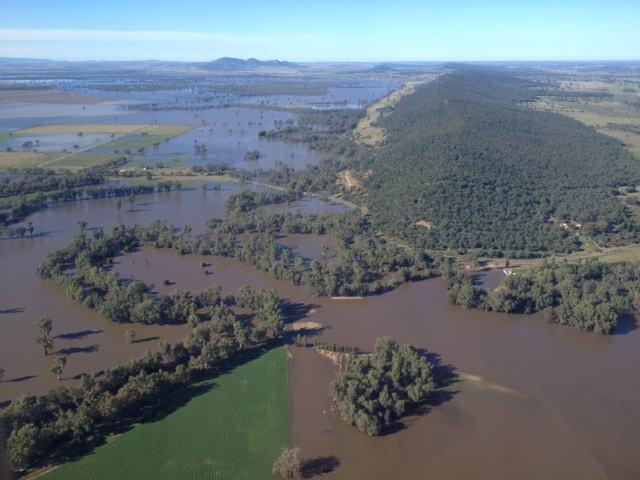
PUBLICATIONS
Published works

A Mutual Information‐Based Likelihood Function for Particle Filter Flood Extent Assimilation
| Title | A Mutual Information‐Based Likelihood Function for Particle Filter Flood Extent Assimilation |
| Publication Type | Journal Article |
| Year of Publication | 2021 |
| Authors | Dasgupta, A, Hostache, R, Ramsankaran, RAAJ, Schumann, G, Grimaldi, S, Pauwels, V, Walker, J |
| Journal | Water Reseources Research |
| Volume | 57 |
| Issue | 2 |
| Date Published | 01/2021 |
| Keywords | data assimilation, flood forecasting, hydraulic modeling, particle filter, predictive uncertainty, synthetic aperture radar |
| Abstract | Accurate flood inundation forecasts have the potential to minimize socioeconomic losses, but uncertainties in inflows propagated from the precipitation forecasts result in large prediction errors. Recent studies suggest that by assimilating independent flood observations, inherent uncertainty in hydraulic flood inundation modeling can be mitigated. Satellite observations from Synthetic Aperture Radar (SAR) sensors, with demonstrated flood monitoring capability, can thus be used to reduce flood forecast uncertainties through assimilation. However, researchers have struggled to develop an appropriate cost function to determine the innovation to be applied at each assimilation time step. Thus, a novel likelihood function based on mutual information (MI) is proposed here, for use with a particle filter‐based (PF) flood extent assimilation framework. Using identical twin experiments, synthetic SAR‐based probabilistic flood extents were assimilated into the hydraulic model LISFLOOD‐FP using the proposed PF‐MI algorithm. The 2011 flood event in the Clarence Catchment, Australia was used for this study. The impact of assimilating flood extents was evaluated in terms of subsequent flood extent evolution, floodplain water depths, flow velocities and channel water levels (WLs). Water depth and flow velocity simulations improved by ∼60% over the open loop on an average and persisted for up to 7 days, following the sequential assimilation of two post‐peak flood extent observations. Flood extents and channel WLs also showed mean improvements of ∼10% and ∼80% in accuracy, respectively, indicating that the proposed MI likelihood function can improve flood extent assimilation. |
| URL | https://agupubs.onlinelibrary.wiley.com/doi/10.1029/2020WR027859 |
| DOI | 10.1029/2020WR027859 |
| Refereed Designation | Refereed |
Published Works


